Rheumatoid arthritis is chiefly an illness that makes your joints inflamed and painful. It is basically an autoimmune disease which actually means that when your body's own defence system attacks themselves by mistake. This can eventually hamper your joints and can notice the visual difference. It mostly affects the small joints, but can also affect bigger joints. Alongside, it can hamper other parts of your body too and their working. The real cause of this disease varies from person to person, as per the Ayurvedic Experts of Dr. Sharda Ayurveda, it is believed to be the involvement of a combination of genetic and environmental, diet, lifestyle factors that can be the causes for RA.
Ayurvedic Treatment for Rheumatoid Arthritis is basically to reduce inflammation, manage the disease symptoms, prevent joint damage, and improve the way of lifestyle you live in. In this, controlling of disease is directly connected to the things we involve in to improve our conditions for instance: combination of medications, dietary changes, exercise, lifestyle modifications, and in very few cases surgery is suggested by the experts. If anyone suspects themselves of having rheumatoid arthritis and has concerns about your joint health, it is recommended to consult a healthcare professional for a proper diagnosis and appropriate management.
Diagnosis of the disease Rheumatoid Arthritis is done by:
- Asking a bit of questions regarding the disease and how you feel?
- By performing several tests, scanning, X-ray reports of your joints and other tests required to diagnose.
- Next is the treatment to treat the disease by prescribing you medicines, suggesting various exercises, physical activities, and mandatory lifestyle changes.
Yoga assists you with a myriad of things which include: boosting and relaxing your bodies. By performing yoga regularly, one’s body changes completely as it becomes more flexible, strong, and balanced which also helps you to improve your posture. It makes people's minds clear and focused. Yoga also helps them pay attention to their bodies and how they feel. Fitness levels can be improved by performing yoga because it is good for everyone and there is no age barrier! This is a chronic autoimmune disease that primarily affects the joints. As Ayurveda, the traditional system of medicine in India, so all the therapies and medicines told to use and treat the disease are also natural, it does provide insights into how yoga can potentially benefit individuals with this condition.
Here are some ways yoga may have positive effects on RA in the context of Ayurveda:
Balancing of the Doshas
According to Ayurvedic beliefs, holistic health is achieved when the three doshas Vata, Pitta, and Kapha are in balance. RA occur due to imbalance of Pitta & Kapha dosha, which at last leads to swelling and pain in the joint. Certain yoga practices, particularly gentle and restorative yoga, can help balance Vata dosha by calming the mind, which may at last eradicate some symptoms of the disease.
One can notice Improved Circulation
Yoga postures and movements can enhance blood circulation and blood reach to each part of the body, which is good for the ones suffering from RA. This helps in delivering nutrients to the joints, alleviating toxins, and reducing inflammation and pain.
Assists in Flexibility and Mobility of the body
Yoga promotes flexibility and mobility to the joint, which especially calms the stiffness and reduced range of motion to get it general or back to normal mobility. Gentle stretching and yoga poses can improve joint function and reduce discomfort.
Scaling down of your stress
Stress can make the symptoms worse. Yoga incorporates relaxation techniques, deep breathing, meditation, and many others magical effects which can lower stress levels. Reduced stress may lead to fewer RA flares and less overall pain.
Pain Management
Some individuals with RA find relief from chronic pain through yoga. While it may not directly treat the underlying autoimmune condition, yoga can help manage the discomfort associated with it.
Better Sleep
In Ayurveda sleep plays a vital role in holistic maintenance of health. Many people with RA struggle with sleep disturbances due to pain and discomfort. Yoga pain relieving methods can help you to sleep better.
Yoga in today’s era must be a very crucial part of routine that all the people must add to their lifestyle. As it has many magical and beneficial therapies for one’s with any type of the disorder. In case of rheumatoid arthritis (RA) it basically improvises flexibility, strength, and relaxation. However, in the beginning of your yoga journey one must practice yoga under the proper supervision of a qualified yoga specialist. By this one can get modifications and ensure that the yoga performance is safe and suitable for your specific point we need for.
Here is a stepwise guide to some yoga asanas (poses) that are commonly recommended for individuals with rheumatoid arthritis:
Before performing any physical activity, one must warm-up before as it can prevent our body from muscle injury:
Start with gentle joint warm-up exercises, such as wrist circles, ankle rotations, and neck movements, to increase circulation and prepare the joints for the practice.
Sukhasana (Easy Pose)
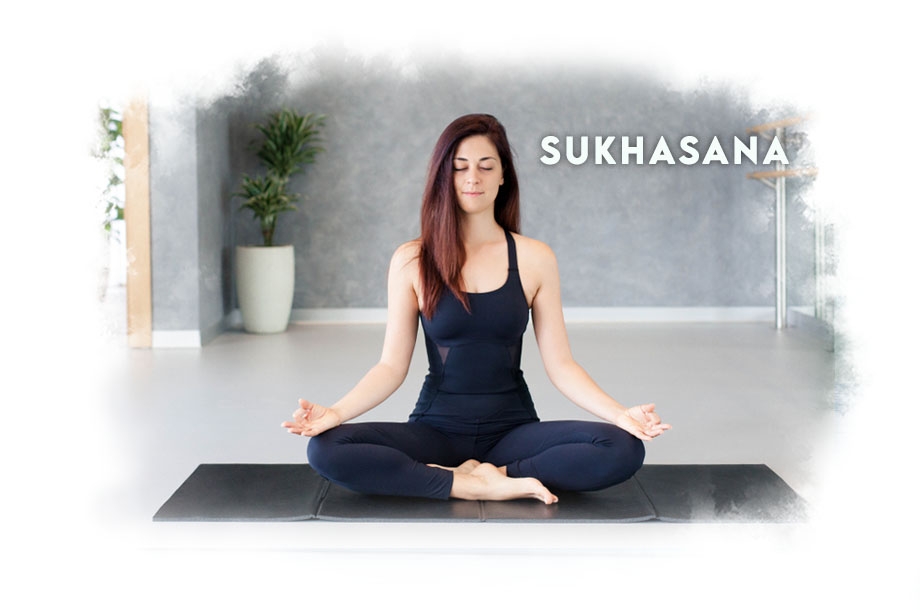
- Sit cross-legged on a yoga mat, with your spine erect and shoulders relaxed.
- Take slow, deep breaths, focusing on relaxation and grounding.
Tadasana (Mountain Pose)
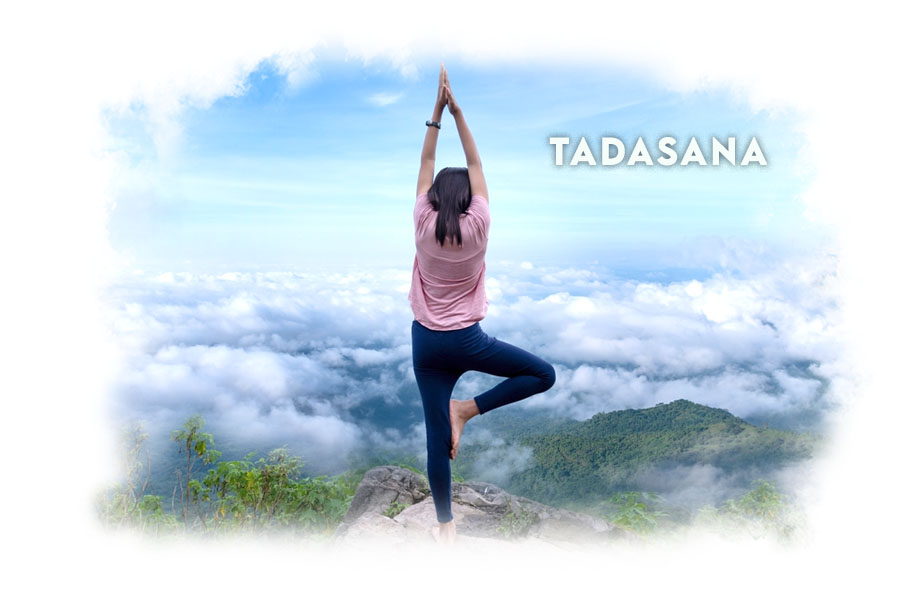
- Stand tall with your feet hip-width apart, grounding into the floor.
- Involve one’s leg muscles, stretch spine, and roll your shoulders back and downwards.
- Slowly inhaling and exhaling oxygen is done by maintaining a steady and relaxed posture.
Setu Bandhasana (Bridge Pose)
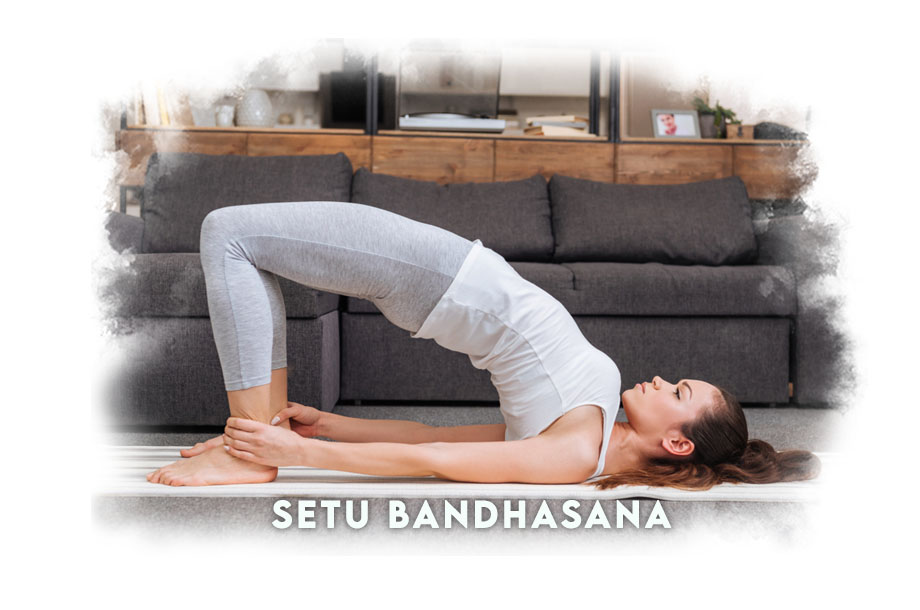
- Lie on the back with your knees bent and feet flat towards ground, with hip-width apart.
- Press your feet and arms into the floor, lift your hips area, and roll your spine off the mat you are lying on.
- Keep your thighs parallel and engage your glutes and core muscles.
- Hold the pose for a few breaths and slowly release back down.
Marjaryasana-Bitilasana (Cat-Cow Pose)
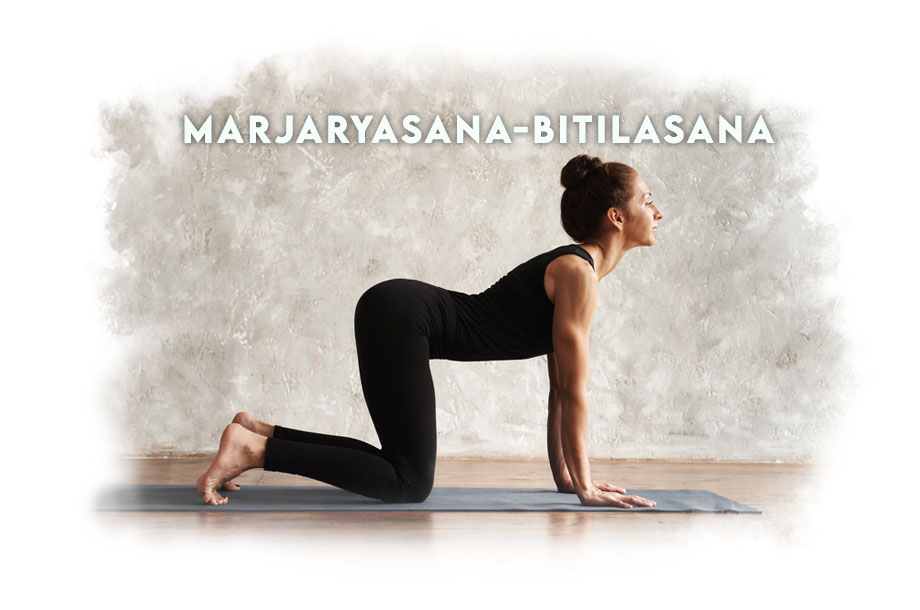
- Get onto your hands and knees, aligning your wrists under your shoulders and knees under your hips.
- Inhale, arch your back, lift your chest, and tilt your tailbone up (Cow Pose).
- Exhale, round your spine, tuck your chin to your chest, and tilt your tailbone down (Cat Pose).
- Flow between these two poses must coordinate with your breath.
Balasana (Child's Pose)
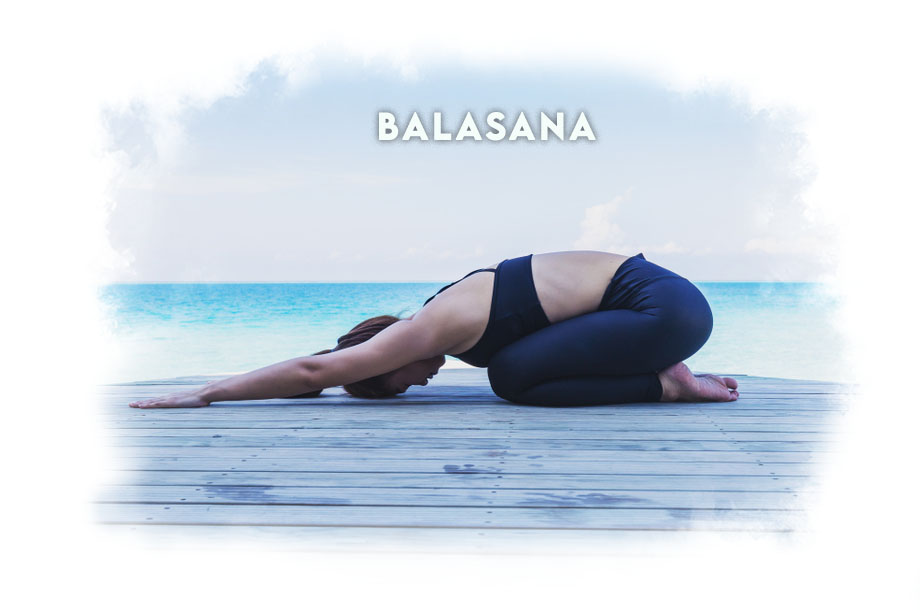
- Sit back on your heels and then, slowly lower yourself forward and rest your forehead lying on the floor.
- Then slowly on should extend your arms forward or at the back of your body, relaxing your shoulders and allowing your backbone to stretch.
- Inhale and exhale in proper rhythm, with surrendering into the pose and releasing tension out of the body and soul.
Viparita Karani (Legs-Up-The-Wall Pose)
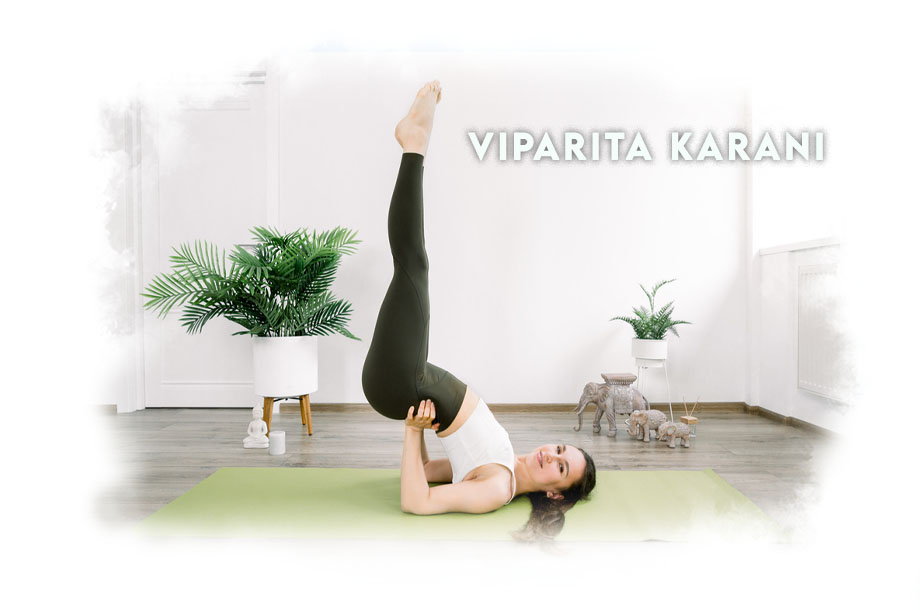
- Sit with one side of your body against a wall and start gently swinging legs up, resting them vertically against the support.
- Then, keep your arms relaxed by your sides or at your abdomen.
- At last Close your eyes, relax, and keep a keen focus on your breathing.
It's more vital to pay attention towards how your body feels while performing yoga and don’t perform any of the poses that might hurt or make us feel uncomfortable at any of its edges. Individuals performing yoga should only do what it feels right for you and not push your body beyond your body limits as it can hamper them. Performing yoga in routine can slowly get better as it can help with rheumatoid arthritis but, before you start anything by yourself, it's a good decision to take a professional's advice. If you need any kind of help, you can also talk to the doctors at Dr. Sharda Ayurveda Hospital with all natural medications and expert guidance.
